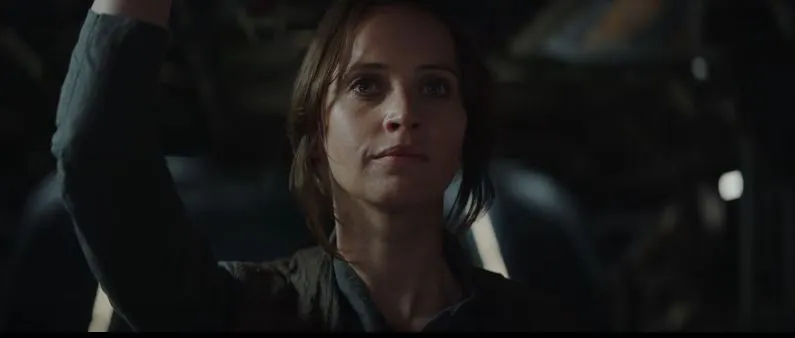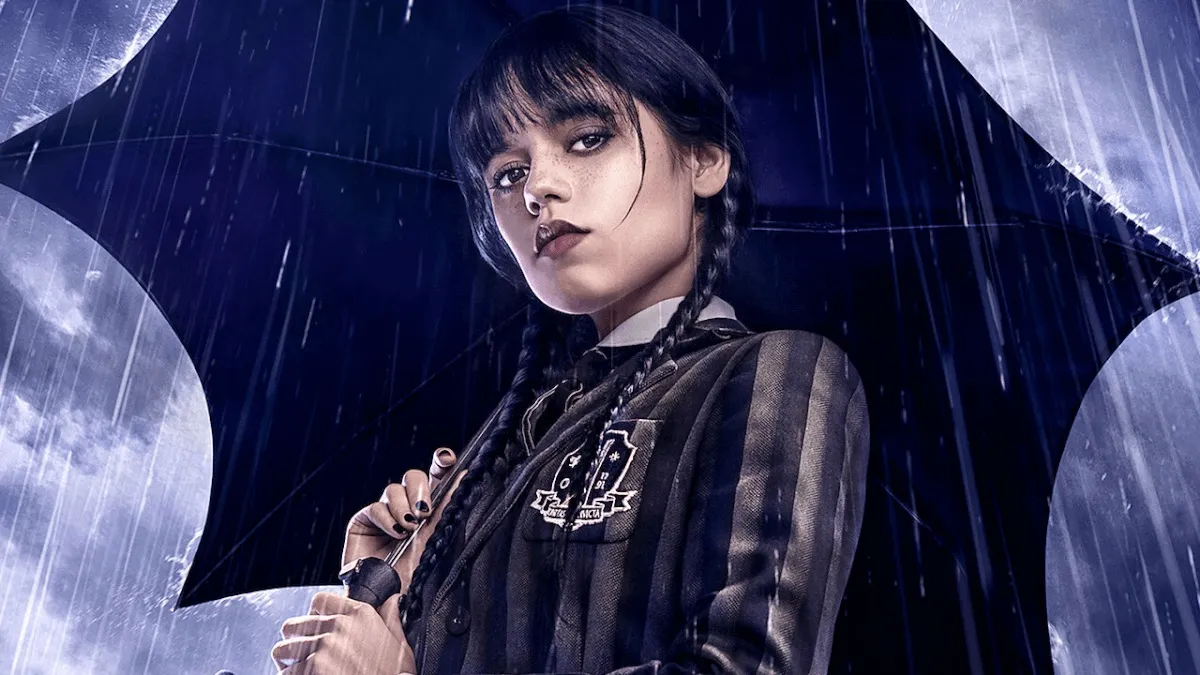Rogue One stands as a symbol of how women and people of color have long been a part of the Star Wars fandom, and how they have long been the catalysts for change and revolution on nearly all fronts. But most of all, Rogue One is a story about what it means—as a woman and/or a person of color—to leave your mark on the annals of a historic fandom.
Bear with me for a second: I know the title says Rogue One, but I’m going to talk about The Force Awakens for a little bit.
So when The Force Awakens came out, it was heralded as a landmark moment for representation (of most folks) within the Star Wars universe. While it certainly had its own issues—seriously, no LGBTQIA people?—it was a significant addition in and of itself. But perhaps most of all, Rey’s struggle in The Force Awakens stood as a great allegory for the struggle of women in fandom, a struggle made all the more difficult by toxic male fans (hi, Kylo Ren). I’m not the first person to have this idea, oh no, but it’s something that’s certainly stuck with me in the year since the movie’s release.
In short: Rey goes from being an anonymous scavenger finding valuable scrap in the large artifacts and relics of a time gone by (hi, fanfic writers) to becoming one of the galaxy’s most important heroes in the matter of an instant (again, hello fanfic writers). Every step of the way, she combats anxiety and worries over a past spent in exile, a past forced onto her by forces outside her control. She’s granted ever-dwindling quantities of food from a masculine/male alien-type who only just barely allows her to live right under his thumb, exactly where he can control her (read: token representation, doled out by male-dominated creators and industries).
But the moment that fate decided to put the story in Rey’s hands, the moment she’s given a chance to escape the conditions she’s known her entire life, she takes it. She does the right thing for the sake of doing the right thing, not as a means to get back at the authority figures, but because it was seriously just the right thing to do. Granted, she had her doubts and her (quickly dispelled) desires to return to Jakku, but those evaporated fast in the face of support from allies, men and women and droids and aliens who supported her journey to become something more, something better. And once she found out she’s capable of doing some wonderful things, she never lets go of her power.
Rey is a symbol for women in fandom, the women who, thanks to increased representation and directed efforts towards growing diversity and inclusion, are now finding themselves in control of their own story.
So, while The Force Awakens stands as a hopeful herald for the future, Rogue One exists as a strong case for the rich stories yet to be told about women and people of color in the Star Wars universe. It’s also a stunning allegory for what it’s like to be the ones trying to incorporate such representation and change into a universe that works so hard to eliminate it.
Take, for example, Jyn and the entire Rogue One squad. They’re all major canon additions to a cast that notoriously only ever featured one person of color over an entire trilogy (hey, Lando). They are, quite literally, the tip of a spear, an advanced away team, they’re a veritable Rogue One-level shot of diversity into the heavily guarded, shielded planet known as the Star Wars fandom.
Think about it. Scarif is guarded by Imperials, and is essentially a gigantic library, a massive records archive (one of many, one gathers) where the entire history of the Empire is stored. It’s a home for the past, and it’s heavily guarded by people who would see such a past unchanged or otherwise tampered with.
But the Rogue One team sneaks in–under the guise of being “one of them,” mind you–as part of an attempt to secure their own future by stealing the Empire’s history. Just as the team works together to take the Death Star plans (codenamed Stardust, making the proto-Death Star a station named after a woman, take that fanboys), this movie worked to shed light on a moment in Star Wars history to make it all the brighter for more than just white male fans.
Ultimately, the team succeeds, passing the ball forward so to speak, to friends and allies who end up doing more work to change the face of the galaxy as they knew it. While Jyn and her team are ultimately killed on their mission, they recognize that the work they had done was important, that their actions and their sacrifice would speak volumes over their words.
In our world, I hesitate to say that the movie “changed” the universe’s history in its release, simply because with the de-canonization of the EU, this was a story yet to be told. But that hits pretty close to what Rogue One did: it changed our perceptions of what the universe’s history could look like. It worked to change the way we view some of our most legendary stories, and it did so with aplomb.
It’s this growing consciousness, this awakening if you will, that has come to define (at the very least) these two Star Wars movies. While two occurrences does not a trend make, I would daresay I’d be surprised to see such themes not being carried on in the already-promised pantheon of Star Wars stories and saga films.
Rogue One did exactly what it set out to do: introduce us to a group of people whose stories were never told, and it made us pay attention.
Isn’t that what increasing representation is all about?
Want more stories like this? Become a subscriber and support the site!
—The Mary Sue has a strict comment policy that forbids, but is not limited to, personal insults toward anyone, hate speech, and trolling.—
Follow The Mary Sue on Twitter, Facebook, Tumblr, Pinterest, & Google+.









Published: Dec 22, 2016 04:47 pm